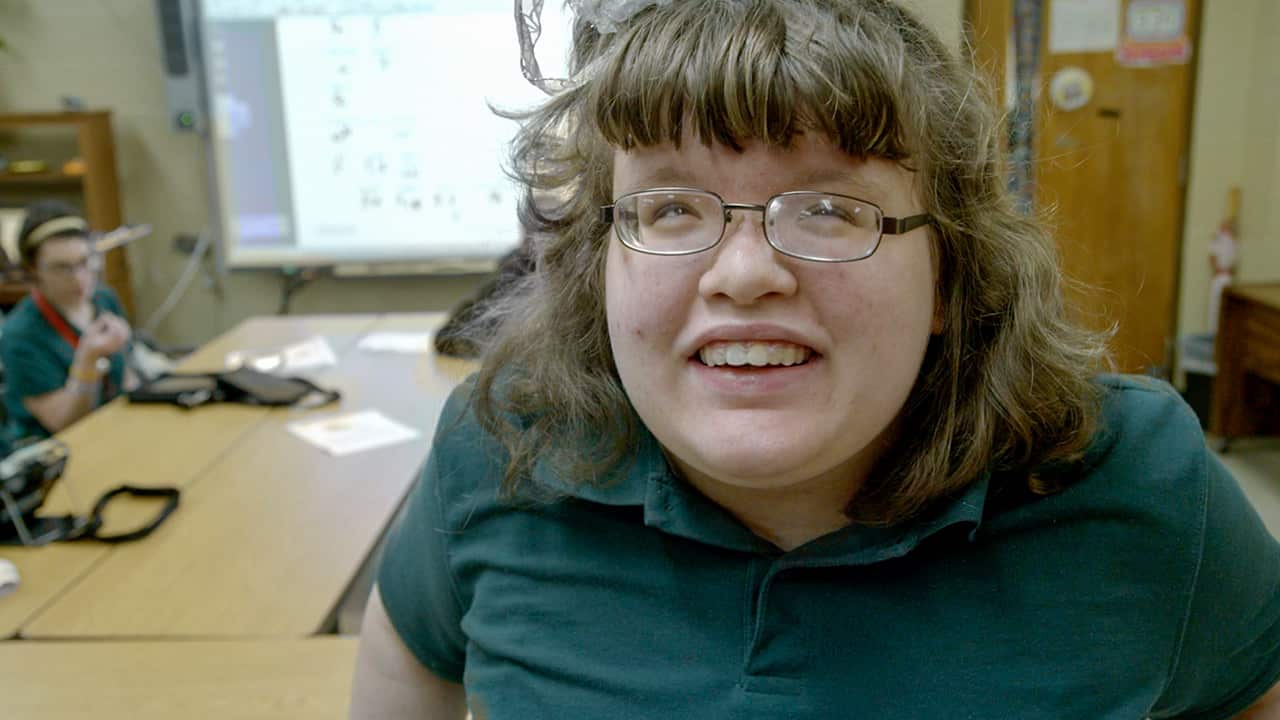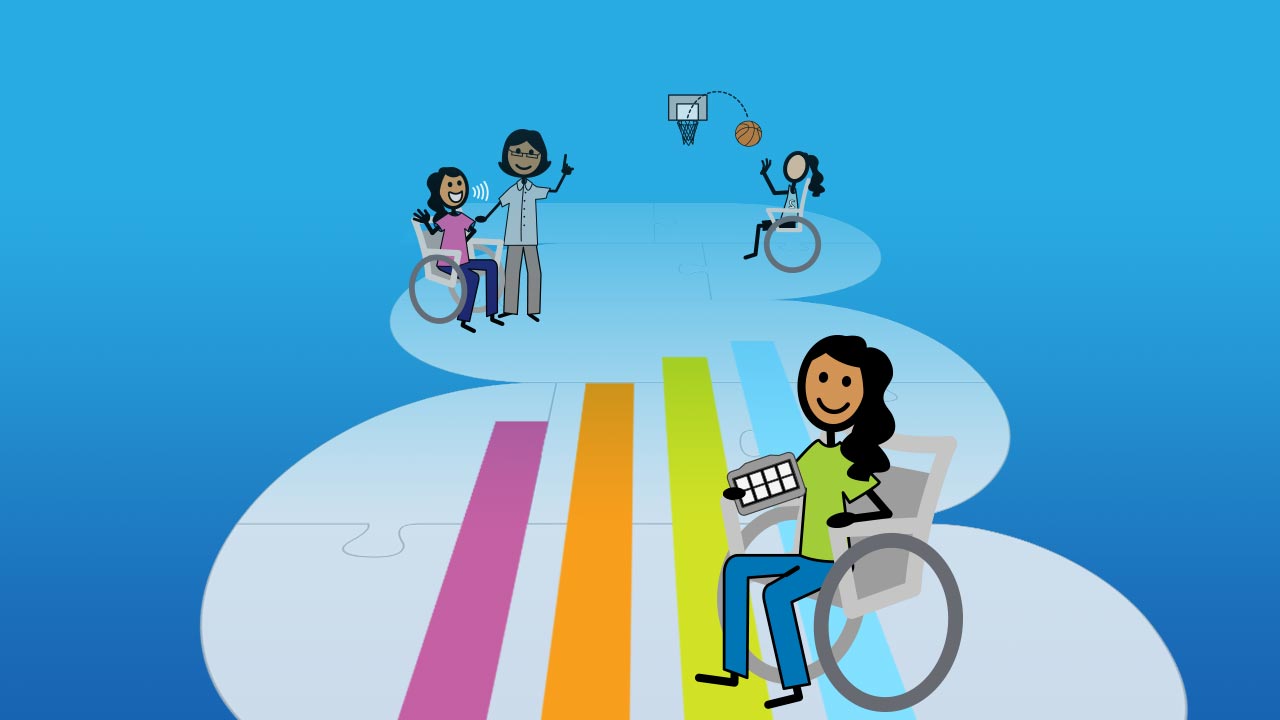- Free Appropriate Public Education (FAPE)
- Appropriate Evaluation
- Individualized Education Plan (IEP)
- Parent Participation
- Procedural Safeguards
- Least Restrictive Environment
The LRE principle establishes that children with disabilities are to be educated in the least restrictive environment to the maximum extent possible with children who lack disabilities.
Where to Start
LRE is not decided by disability category, but by the strengths and needs of each child. As a best practice, the IEP team should begin by considering the general education classroom to be the least restrictive learning environment and then use data and observations to identify any supplementary aids and services the student needs to remain there. It’s only when data show that this setting is not meeting the student’s educational needs that the IEP team should begin considering a continuum of more restrictive environments.
These supports and services do include the setting or location, and also any accommodations or modifications addressed by the IEP team, the materials used, the student’s peers, where the student is sitting in the classroom as well as adult assistance.
Monitor Student Progress
If the student is still not being provided with a meaningful education, even with the use of universal design, assistive technology, staff development, differentiation of instruction and curricular accommodations or modifications, then the IEP team should look at what other resources and placements are available. Keeping the student in a general education classroom just for the sake of being “fully inclusive” may not be what is best for that individual.
Additional Considerations
When LRE is done correctly, learning in the environment should not be too hard, where the student becomes stymied or frustrated, but also not too easy, where the teacher and student have low expectations of what can be learned. Furthermore, appropriate LRE should give the student:
- Opportunities to fully engage using language or other forms of communication
- Access to educators and staff who have the right training and tools to create a purposeful educational experience
- The ability to participate in a social setting that offers meaningful time to interact with worth and dignity among grade-level peers
If we want better outcomes for all our students and the assurance that what they are learning is suitably ambitious, then we, as part of the IEP team, need to create for each student the best learning environment—one that does not restrict their opportunity to meet challenging but attainable goals. LRE is in place to assist us in doing so.



